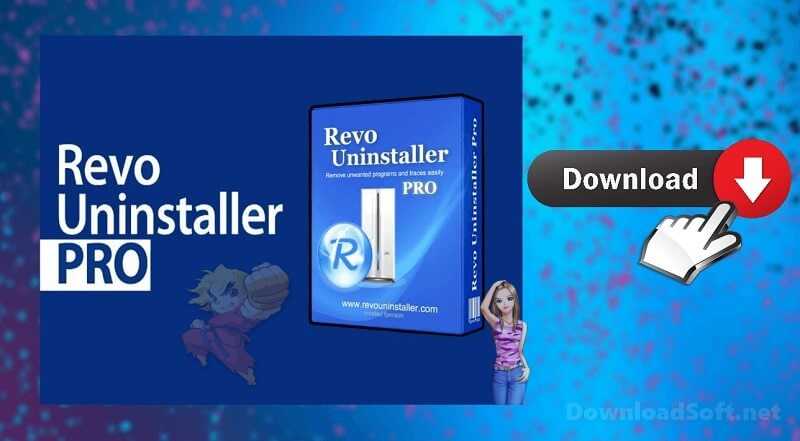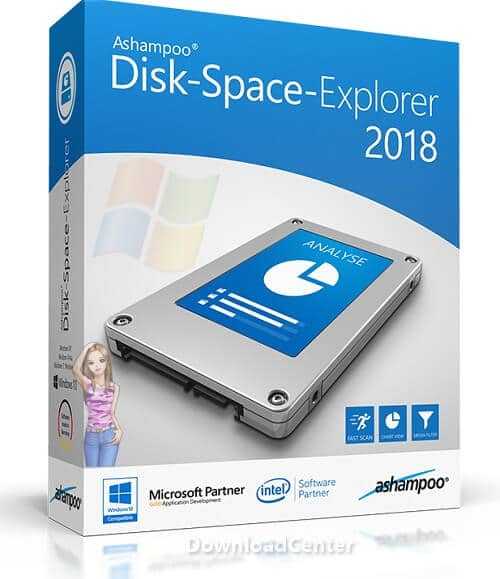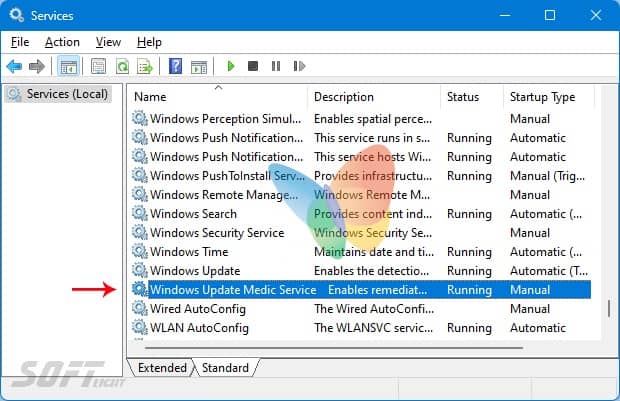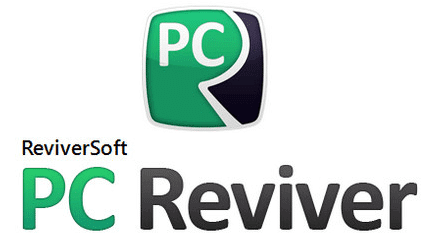Java SE Runtime Environment Free Download for all Systems
Java SE Runtime Environment Free Download for all Systems
A Comprehensive Guide to Java’s Execution Environment
the Java SE Runtime Environment (JRE) is an essential component of the platform. It provides the necessary runtime environment for executing Java applications and applets. In this article, we will explore the ins and outs, its features, and its significance in the world of development.
▶ Understanding the Java SE Runtime Environment
It is a software package provided by Oracle Corporation. It comprises a set of libraries, tools, and executables that enable the execution of applications. The JRE acts as an intermediary between the operating system and applications, providing the necessary resources and infrastructure for running code.
Java SE allows you to play online games, chat with people all over the world, calculate interest on your mortgage, and view images in 3D, to name a few. It is also an integral part of Internet applications and other e-business solutions that form the basis of corporate computing.
Provides libraries, Java Virtual Machine, and other parts to perform applications and applications written in the program writing language. In addition, two main publishing techniques are part of JRE: Plug-in, which allows Applets to run in popular browsers. And Web Start, which publishes independent applications across a network.
Many platform applications also require that you use Java correctly. Download Java 64 bites directly from the official website at the end of the post.
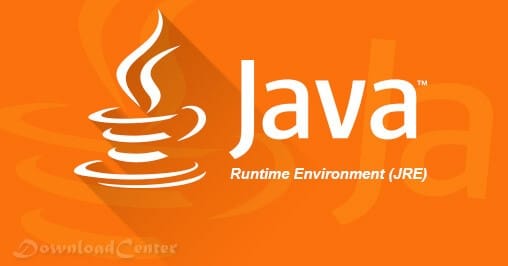
Key Components
Java SE Runtime Environment consists of several important components that work together to execute applications effectively. Let’s take a closer look at some of these components:
Java Virtual Machine (JVM)
The Java Virtual Machine is the cornerstone. It is responsible for executing Java bytecode, which is the compiled form of source code. The JVM provides an abstraction layer between the platform-independent code and the underlying operating system. It handles memory management, garbage collection, and runtime optimization, ensuring that applications run efficiently on different platforms.
Class Libraries
The Class Libraries are a collection of pre-compiled classes and methods that provide a wide range of functionality to applications. These libraries include core classes for fundamental operations like input/output, networking, file handling, and much more. By leveraging the Class Libraries, developers can save time and effort by reusing existing code and focusing on the unique aspects of their applications.
Java Development Kit (JDK)
Although is primarily responsible for executing applications, it relies on the Java Development Kit for the development and compilation of code. The JDK includes tools such as the Compiler (javac), the Debugger (jdb), and various utilities for packaging and deploying applications. Developers use the JDK to write, test, and debug their code before deploying it to the JRE for execution.
Why is the Java SE Runtime Environment Important?
It plays a crucial role in the world of development for several reasons:
1. Platform Independence
Java’s “Write Once, Run Anywhere” philosophy is made possible. By providing a consistent runtime environment across different platforms, the JRE allows applications to run unchanged on various operating systems and architectures. This platform’s independence has been a key factor in Java’s popularity and widespread adoption.
2. Security and Sandboxing
It incorporates robust security features that help protect users from malicious code. The JVM enforces strict access controls and verifies bytecode before execution, preventing unauthorized access to system resources. Additionally, the JRE includes a sandboxing mechanism that restricts the actions of untrusted applets and applications, reducing the risk of security breaches.
3. Performance Optimization
Employs various performance optimizations to ensure the efficient execution of applications. The JVM uses techniques like Just-In-Time (JIT) compilation to dynamically translate bytecode into native machine code at runtime. This approach enables the JVM to adapt to the underlying hardware and perform runtime optimizations, resulting in improved performance and responsiveness.
Features
- Java is software programming, first released by Sun Microsystems in 1995.
- There are a lot of applications and websites that will not work unless are installed, and more are created every day.
- Fast, safe, and reliable.
- Open innovations everywhere.
- From laptops to data centers, keyboards, and games, to scientific supercomputers, mobile phones to the Internet, 64-bit is everywhere!
- It is a platform for launching jobs, exploring digital interfaces,
- Design the best applications in the world.
- The latest version contains significant improvements to improve the performance, stability, and security of applications. What do I get when downloading?
- Provides basic classes for the platform and basic support libraries.
- JRE is a run-time part of the program, which is all you need to run in your web browser.
- Plug-in is a component of the JRE environment.
- JRE allows applications written in the programming language to run within different browsers.
- The Plug-in program is not a stand-alone program and can not be installed separately.
- Java Virtual Machine was created directly in the software download and helps run Java applications.
- (Close all browser windows and reopen it) to enable installation.
- It works on Windows Vista, Windows 7, 8, 10, 11, and others.
- Available for 32-bit and 64-bit systems.
📌 NOTE: When the installation is complete, you may need to restart the browser
Installing and Configuring
To run applications, you need to install it on your system. Here’s a step-by-step guide to help you get started:
- Download: Visit the official Oracle website and download the appropriate version of your operating system.
- Installation: Run the downloaded installer and follow the on-screen instructions to install the JRE on your system. The installation process may vary depending on your operating system, but it is generally straightforward.
- Configuration: Once the installation is complete, you may need to configure it to ensure it works seamlessly with your system. This includes setting up environmental variables, such as the PATH variable, to enable the system to locate the executables. You can refer to the documentation provided with the JRE installation or online resources for specific instructions based on your operating system.
- Verification: After installation and configuration, it’s good practice to verify that it is functioning correctly. Open a command prompt or terminal window and type “java -version” to check the installed version of the JRE. If the command displays the version information without any errors, it means that the JRE is successfully installed and configured on your system.
Java SE Runtime Environment and Application Deployment
Not only enables the execution of applications on individual systems but also plays a crucial role in application deployment. Applications can be bundled into standalone executable files or distributed as Archive (JAR) files.
Standalone executable files, also known as Application Launchers, package the necessary components along with the application code. This allows the application to be executed on systems that do not have the JRE installed, making it more convenient for end-users.
On the other hand, JAR files contain the application code and any required dependencies, but they rely on the presence of the target system. Users can simply double-click on the JAR file, and JRE will be invoked to execute the application.
Web Start is another deployment option provided. It allows users to launch applications directly from a web browser without the need for manual installation. Web Start leverages the JRE’s auto-update capabilities, ensuring that users have the latest version of the JRE and the application.
Updates and Support
Oracle regularly releases updates and patches to address security vulnerabilities, improve performance, and introduce new features. Staying up-to-date with these updates is crucial for maintaining a secure and reliable environment.
You can manually check for updates by visiting the official Oracle website or configuring the JRE to automatically download and install updates. By enabling automatic updates, you ensure that you receive the latest patches and security fixes without manual intervention.
Oracle provides support through its support services. This includes access to documentation, knowledge-based articles, and community forums where developers can seek assistance and find solutions to their Java-related issues.
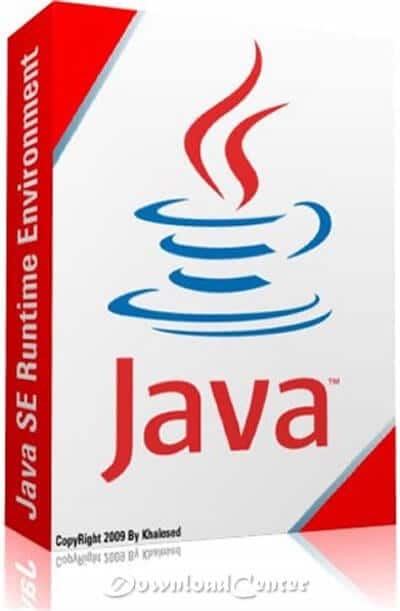
Conclusion
The Java SE Runtime Environment is a vital component of the platform, providing the necessary runtime environment for executing applications. With its platform independence, robust security features, and performance optimizations, the JRE has played a significant role in its widespread adoption.
By understanding the key components and their importance in development, developers can leverage their capabilities to build secure and efficient applications. Whether it’s developing standalone applications or deploying them through various methods, the JRE remains an essential part of the ecosystem.
So, the next time you develop or run an application, remember Java SE Runtime Environment working behind the scenes, ensuring that your code runs smoothly and reliably on diverse systems.
Technical Details
Software name: Java SE Runtime Environment
- Category: Utility Tools
- License: Freeware
- Version: Latest
- File size: 53.48 MB
- Core: 32/64-bit
- Operating Systems: Windows XP, Vista, 7, 8, 10, 11
- Languages: Multilingual
- Developer: Oracle
- Official website: oracle.com
Java SE Runtime Environment Free Download


